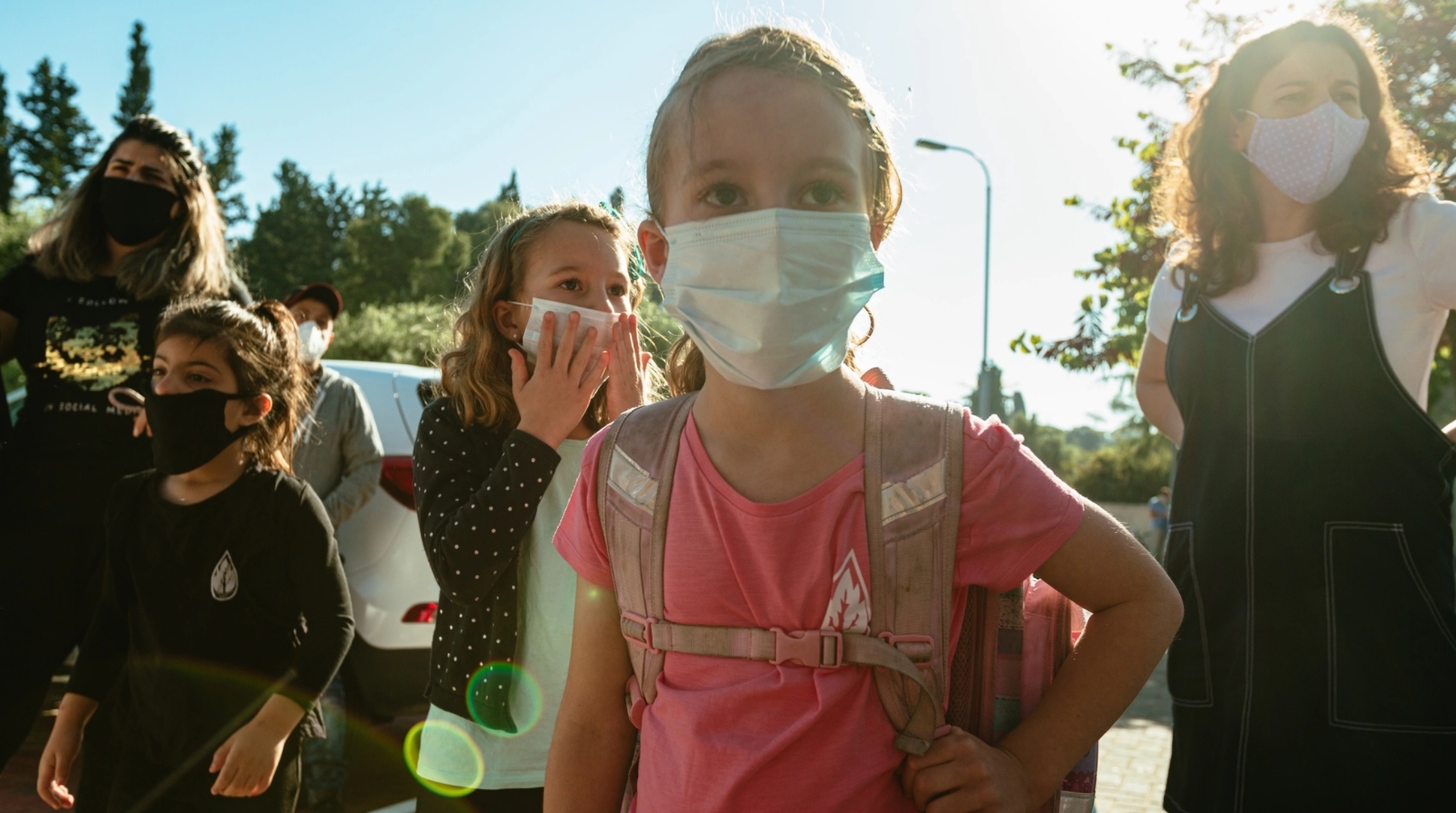Welcome to DU!
The truly grassroots left-of-center political community where regular people, not algorithms, drive the discussions and set the standards.
Join the community:
Create a free account
Support DU (and get rid of ads!):
Become a Star Member
Latest Breaking News
Editorials & Other Articles
General Discussion
The DU Lounge
All Forums
Issue Forums
Culture Forums
Alliance Forums
Region Forums
Support Forums
Help & Search
General Discussion
Showing Original Post only (View all)COVID-19's Effects on Kids Are Even Stranger Than We Thought [View all]
COVID-19’s Effects on Kids Are Even Stranger Than We Thoughthttps://www.theatlantic.com/science/archive/2021/07/clues-about-mis-c-and-covid-19-kids/619447/

The U.S. fell short of its goal of giving at least one dose of the COVID-19 vaccine to 70 percent of adults by July 4, but not by much. About two-thirds of everyone above the age of 18 had gotten a shot when the holiday arrived, with coverage among seniors surpassing even that benchmark. That leaves kids—mostly unvaccinated—as the Americans most exposed to the pandemic this summer, while the Delta variant spreads. It’s said that COVID-19 may soon be a disease of the young. If that’s what’s coming, then its effects on children must be better understood.
This month, The New England Journal of Medicine published new treatment guidelines for the occasionally fatal, COVID-related condition known as multisystem inflammatory syndrome in children (MIS-C). When kids first started showing signs of MIS-C in early 2020—rash or conjunctivitis; low blood pressure; diarrhea or vomiting; etc.—doctors guessed it was an inflammatory disease that occurs most often in toddlers called Kawasaki disease. Now most experts believe it’s a separate condition, affecting kids at an average age of 8. No more than a few hundred children in the U.S. have died from COVID-19 during the pandemic—compared with more than half a million deaths overall—but more than 4,000 have developed MIS-C, and we still don’t have foolproof ways to cure it. But a handful of scientists think they’ve found important clues about what drives MIS-C. The disease, they say, may have something to do with a dangerous condition most commonly associated with tampon use.
That condition, called toxic shock syndrome, was also quite mysterious when it first appeared, in a group of kids in the late 1970s. Within a few years, it was clear that women who used high-absorbency tampons were also falling ill, with symptoms very much like those now seen in MIS-C: They had kidney failure, diarrhea, and skin rashes; a few went into shock and died. (Indeed, one of the early sufferers, like the early MIS-C patients, was initially and incorrectly thought to have Kawasaki disease.) Doctors soon realized that the tampon-induced sickness was caused by a buildup of toxins from certain strains of Staphylococcus or Streptococcus bacteria. In people who do not yet have immunity to those strains, the toxins somehow bypass the immune system’s usual processes for developing a targeted response to a pathogen. That sets off a widespread, confused, nonspecific immune reaction.
Read: Doctors are puzzled by heart inflammation in the young and vaccinated
The toxins that caused the immune system to run amok were called “superantigens” in 1989. (More than two dozen types have now been discovered in tampon-related bacteria, rabies, Ebola, and other pathogens.) What makes them “super” is their ability to short-circuit T-cell receptors. Under normal circumstances, a foreign substance provokes an immune reaction when a piece of it, called an antigen, binds to the nook in the middle of a T-cell receptor. That prompts the body to make antibodies tailored to the antigen’s specific shape. But superantigens manage to grab on and connect to the T cells outside the nook. That still triggers an immune response, but it isn’t one that’s custom-made for the infection. “What does a superantigen do? It comes on from the side,” says Moshe Arditi, a pediatric-infectious-disease doctor at Cedars-Sinai Medical Center, in L.A. “That's why it’s able to bind to many, many, many, many cells—20 to 30 percent of your T cells that suddenly could be bound by the superantigen and—boom—activated like crazy.”
snip
11 replies
 = new reply since forum marked as read
Highlight:
NoneDon't highlight anything
5 newestHighlight 5 most recent replies
= new reply since forum marked as read
Highlight:
NoneDon't highlight anything
5 newestHighlight 5 most recent replies
That's why I always shake my head the idiotic "Survival of the fittest" post I read
inwiththenew
Jul 2021
#3
The vax refuseniks are going to cause all sorts of chaos and heartbreak in the US, and unfortunately
Celerity
Jul 2021
#7
A lot of kids thrive with remote instruction. My nephew was homeschooled and he graduated from
liberal_mama
Jul 2021
#9